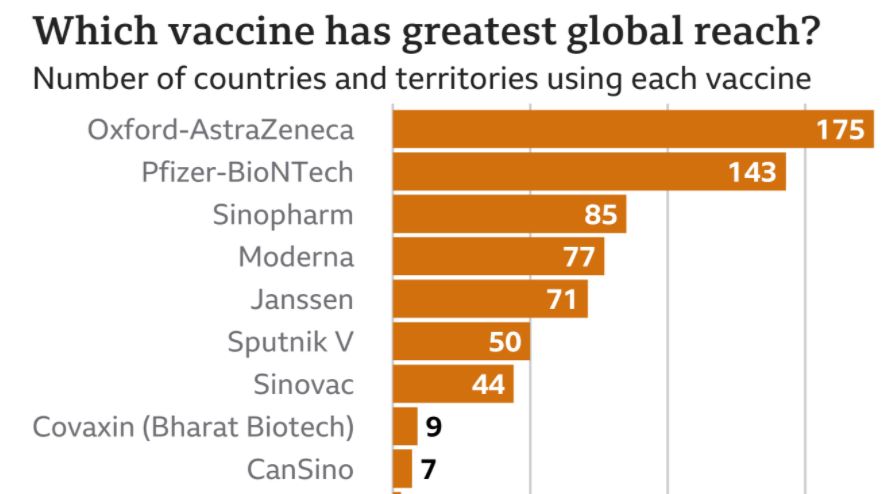Spanish Influenza Pandemic
The 1918 Spanish influenza pandemic was the most severe pandemic in recent history. Although universal consensus regarding where the virus originated from is debatable, it spread worldwide during 1918-1919. In the United States, it was first identified in military personnel in spring 1918 when soldiers returned from WW1.
It is estimated that about 500 million people, or one-third of the world’s population, became infected with this virus. The number of deaths was estimated to be at least 50 million.
With no vaccine to protect against influenza infection, and no antibiotics to treat secondary bacterial infections, the only protection against the virus was isolation, quarantine, good personal hygiene, use of disinfectants, and limitations of public gatherings.
Fast Forward to 2019; how fortunate we are to have a vaccine!

How do we know a vaccine is safe?
Experts stress the benefits of vaccination outweigh the risks for the vast majority of people, but is more finely balanced for younger adults. Accurate vaccine information is critical and can help stop common myths and rumors.
Given the “noise” around the vaccine, it can be difficult to know which sources of information you can trust. Before considering vaccine information on the Internet, check that the information comes from a credible source and is updated on a regular basis.
The Global Advisory Committee on Vaccine Safety (GACVS) was established in 1999 to respond promptly, efficiently, and with scientific rigour to vaccine safety issues of potential global importance.
The Committee provides independent, authoritative, scientific advice to WHO (World Health Organization) on vaccine safety issues of global or regional concern, with the potential to affect in the short or long term national immunization programmes.
The fourteen members of the Committee are acknowledged experts from around the world in the fields of epidemiology, statistics, pediatrics, internal medicine, pharmacology and toxicology, infectious diseases, public health, immunology and autoimmunity, drug regulation and safety.
What’s in a vaccine?
Today’s vaccines use only the ingredients they need to be as safe and effective as possible. Each ingredient in a vaccine serves a specific purpose:
- provide immunity (protection)
- keep the vaccine safe and long lasting
- help with the production of the vaccine

Source: Centers for Disease control and prevention U.S

Vaccines help develop immunity by imitating an infection. To understand how vaccines work, it helps to first look at how the body fights illness. When germs, such as bacteria or viruses, invade the body, they attack and multiply. This invasion, called an infection, is what causes illness. The immune system uses several tools to fight infection. Blood contains red blood cells, for carrying oxygen to tissues and organs, and white or immune cells, for fighting infection. These white cells consist primarily of macrophages, B-lymphocytes and T-lymphocytes. Once the imitation infection goes away, the body is left with a supply of “memory” T-lymphocytes, as well as B-lymphocytes that will remember how to fight that disease in the future. However, it typically takes a few weeks for the body to produce T-lymphocytes and B-lymphocytes after vaccination.
What is Messenger RNA?
(mRNA) vaccines teach our cells how to make a protein that will trigger an immune response inside our bodies. Like all vaccines, mRNA vaccines benefit people who get vaccinated by giving them protection against diseases like COVID-19 without risking the potentially serious consequences of getting sick. Researchers have been studying and working with mRNA vaccines for decades.
The Pfizer-BioNTech and Moderna COVID-19 vaccines are messenger RNA vaccines also called mRNA vaccines. mRNA vaccines are some of the first COVID-19 vaccines authorized and approved for use in the world and have had a great deal of success.
Anti hawking notice. You are receiving this newsletter bulletin because you have subscribed to our services in the past. You have subscribed to our online portal findmysuper.com.au or you were a member of a superannuation or retirement fund that Financial Choice provided advice to it’s members.
General Advice warning: The content of this newsletter is for the clients of Best Interest Advice and it’s other related services. The content is general advice only and has not considered your personal situation or objectives and cannot be relied upon. Please consult a financial adviser to provide you with personal advice. We cannot guarantee the accuracy of this information as it is sourced from third parties and general media. All attempts to verify its contents have been made and we only rely on reputable sources.





